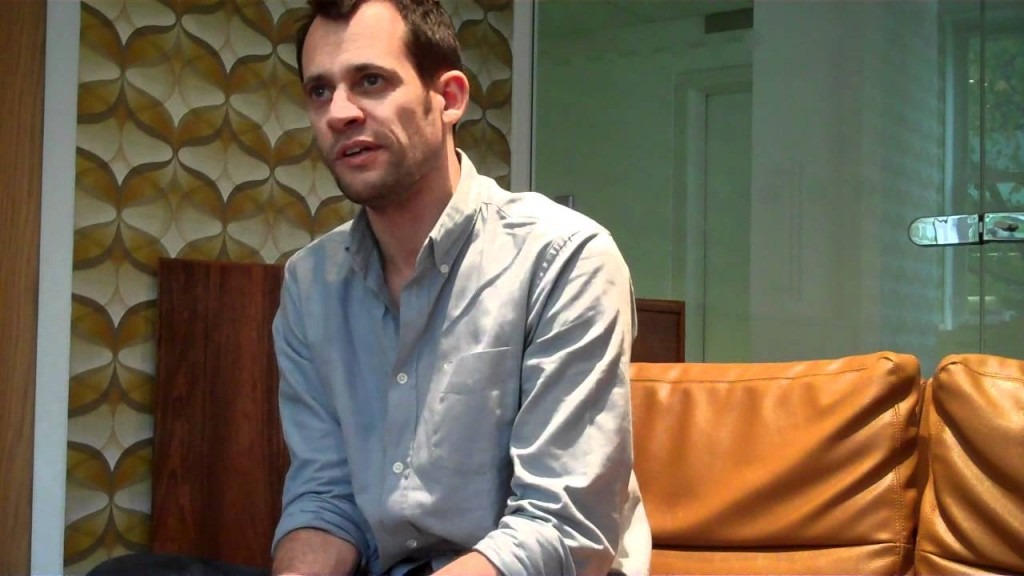This is the first post of a series thinking about strategy and my role as an independent consultant; you can check out the introduction for more context and the complete list of posts.
As mentioned in the introduction, I tend to begin thinking about any project with a broad view, and it seems appropriate here; even though the content may seem basic for those well-versed in these topics. I find it interesting to see how others define basic terms in blog posts and books, maybe others do too.
For the vast majority of our mostly capitalistic global society, businesses generate value, typically in the form of products and services (or perhaps the promise of value, when it comes to startups and certain financial products, for example). They somehow provide the value generated; and benefit by gaining new value in return (typically, selling and earning income).

Historically, business owners had limited use for external agents to help them think about their business. For a long time (and still today), the people they might have relied on to provide wisdom whenever the need arose were likely family members, mentors, peers, and perhaps guild or professional association members.
As an example, this diagram synthesizes the business of a local baker. I don’t think this changed much over the course of centuries. Some of them may have, though for the most part, bakeries in France where I live still operate within this structure.

The people buying the bread are set in brackets in this diagram above for the sake of context and simplicity. We’ll come back to them in a later post.
For a long time, until around the Renaissance (for the Western world at least), there arguably wasn’t necessarily much need for new thinking in business, because there weren’t so many new things or new thinking widely available altogether (on one hand; on the other, society was dominated by monarchies and religions, who weren’t necessarily big on widely empowering people and businesses any more than required, but that’s a whole other topic).
In Sapiens: A Brief History of Humankind, Pr. Yuval Noah Harari writes the following, sourced from Maddison World Economy vol.1 ‘Gross National Income Per Capita, 2009’:
“Yet to understand modern economic history, you really need to understand just a single word. The word is growth. […] For most of history, the economy stayed much the same size. […] In 1500, global production of goods and services was equal to about $250 billion; today it hovers around $60 trillion. More importantly, in 1500, annual production averaged $550, while today every man, woman and child produces, on the average, $8,800 a year.” ~Pr. Yuval Noah Harari
There is a lot to unpack in the history of modern economics and business, though it seems the pursuit of growth carried a necessity for new thinking, to both enable said growth and make sense of the complexities it generated. Which I believe later gave birth to lines of business such as mine, at least in part. It might be a chicken and egg thing (new scientific thinking perhaps came first, leading to innovation, complexities, growth, and business thinking), but still, my point is growth came along with new thinking.
Let’s jump way ahead to now and look at a modern business example to compare with the previous one. Here is a basic diagram of how Facebook can be viewed as a business. It is probably incomplete given every bubble can easily be detailed further, though it is still twice the bubbles, so more complex than that of the local baker.

I mention businesses in the context of modern economics, and that is a complex field of study, one I learn about, though am not an expert in.
I am better versed in the fields of branding and marketing communications. Businesses and brands are correlated, intertwined, yet also distinct notions.
At its most basic, a brand is a constructed way, or collection of ways, to refer to and recognize something.
The way I think of it, all businesses have brands, though not all brands are businesses (having and/or being a brand is another post for another time).
To use the baker example from earlier, a bakery is boulangerie in French.

I was recently walking around Paris with a friend who was visiting for the first time. As we walked by a boulangerie, she asked : “I understand boulangerie means bakery, but how do you recognise one from another?”
The question blew my mind. I didn’t even understand it at first.
I replied: “I’m not sure what you mean? Here is a boulangerie, it says so on the sign. You walk in, buy bread, pastries, or baked goods. That’s it.”

“Sure, but how do you know which one this one is? Say, if you tell someone else? Do people just refer to it by the address?”
I was pretty puzzled. I’d actually never thought about boulangeries as requiring more specifications than a generic sign, even though I am absolutely picky and opinionated about the quality of the goods I buy in one. I’d never thought twice about the idea that when it was needed, like when friends visit my place and I want to tell them where the better local baker is, then I obviously specify the location.
It seems like a good analogy for the brand of that kind of local business. An umbrella term, no more complicated than generic signs and names to recognize the type of business it is. Of course there are other associated ways one would recognize a bakery as a brand, which can include the delicious smell of baked goods, the array of products displayed in the window front, people walking out with fresh bread, etc.

I did tell my friend that some boulangeries feature more of a brand name, most often the name of the baker or owner, though it seems to be a fairly recent trend. And some more famous names have exported bakeries in several spots, and even internationally. On the topic of my local bakery, it’s called La Maison d’Isabelle, note how the name (and their big award sign) is prominently featured:

This is a pretty simple way to express a brand based on what generally is a simple business. I don’t mean to say baking or having a bakery is easy at all by the way (on the contrary), but it typically is a simple enough structure – even though it can be slightly more complex than my original diagram. I know bakeries that bake both for their local customers, and also deliver to restaurants, for example, so there can be more layers to the business.
We can also hopefully agree that the diagram shown above for Facebook is extremely simplified, particularly for a business with over 55,000 employees, 2.7 Billion monthly active users, and valued at over $748 Billion.
For all that complexity, in a way we can still synthesize the previous diagram even further, like so:

or even to the icon that might be on your smartphone.

JWT’s Stephen King seminal piece from 1971 “What is a Brand?” speaks in part to the indissociable relationship between brand and business. He begins by explaining the origins of brands, marketing, and advertising as developments of businesses. He further illustrates the core of business as defined in the dictionary, meaning the commercial, money making aspects of an enterprise; sales and market share.
Specifically, the purpose of the article was to share his thinking regarding the evolution of the relationship between manufacturers, wholesalers, and retailers; and of the importance of developing a strong brand.
He further details “what makes a brand successful”, in his words meaning: “able to bring in worthwhile profits over a long period.”
“First, it has to be a coherent totality, not a lot of bits. The physical product, the pack and all the elements of communication – name, style, advertising, pricing, promotions, and so on – must be blended in a single brand personality. Secondly it has to be unique, and constantly developing to stay unique, because it is through its uniqueness that the brand can offer sustained profit margins.” ~Stephen King
For anyone concerned about the idea of a brand personality being too soft a measure to consider for their business, in Ogilvy on Advertising, David Ogilvy, aka “most sought-after wizard in the advertising business” according to Time Magazine, makes clear from the very beginning of the book from 1983 that he believes effective advertising must sell products. Brand image features shortly after, among the aspects of “how to produce advertising that sells:”
“Image means personality. Products, like people, have personalities, and they can make or break them in the market place. The personality of a product is an amalgam of many things – its name, its packaging, its price, the style of its advertising, and above all, the nature of the product itself.” ~David Ogilvy
And for anyone still doubtful (whether I’ve read enough of the right books) or preferring ‘marketing science’ facts, I’ll also mention Byron Sharp’s How Brands Grow, and that while he debunks many marketing and advertising myths, he also states the importance of building distinctive brand assets to contribute what he calls mental availability (in short, it’s about recognizing a brand in one’s mind as a contributing factor to growth. The notion is in addition to that of physical availability, which is about where and how you can buy something). More importantly, he shows brand growth in a given category is a result of sales and market penetration (more on all that some other time).
If you have a business, depending the area or industry you operate in, you may have been more or less concerned with matters of branding and marketing.
Regardless of any previous knowledge you may have had with French pastries, my whole point with this first post was to define businesses and brands as correlated concepts, and to give you the idea that they have both become more complex over time.
This seems to be a good time to take a break before the next post, in which we’re going to dig into the value of thinking for businesses (with comic strips).



